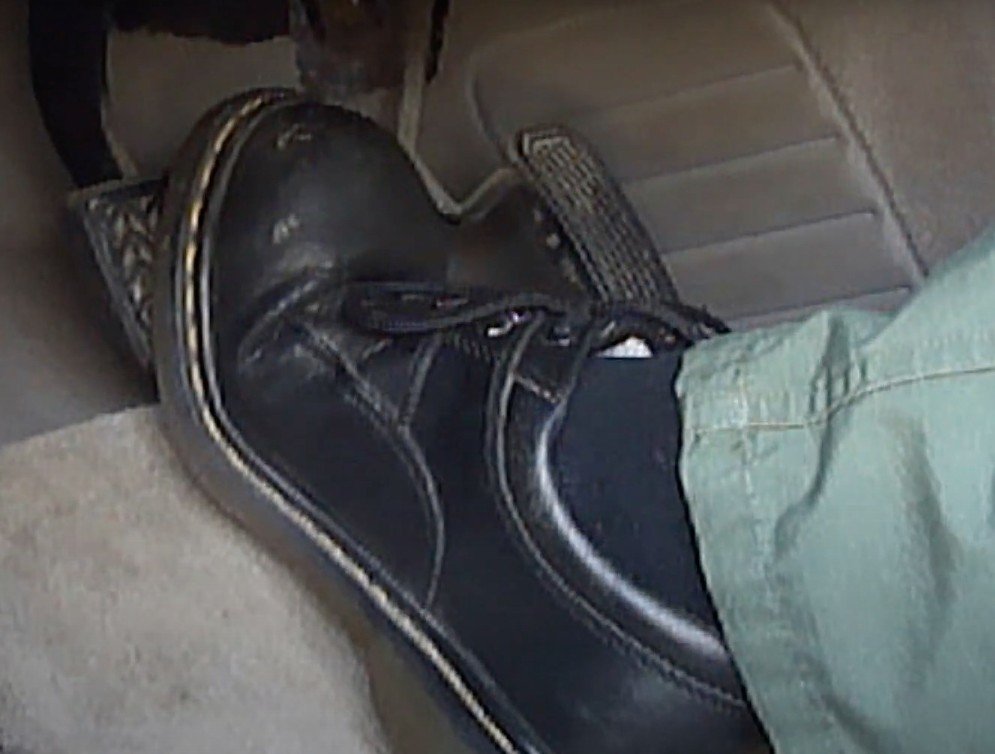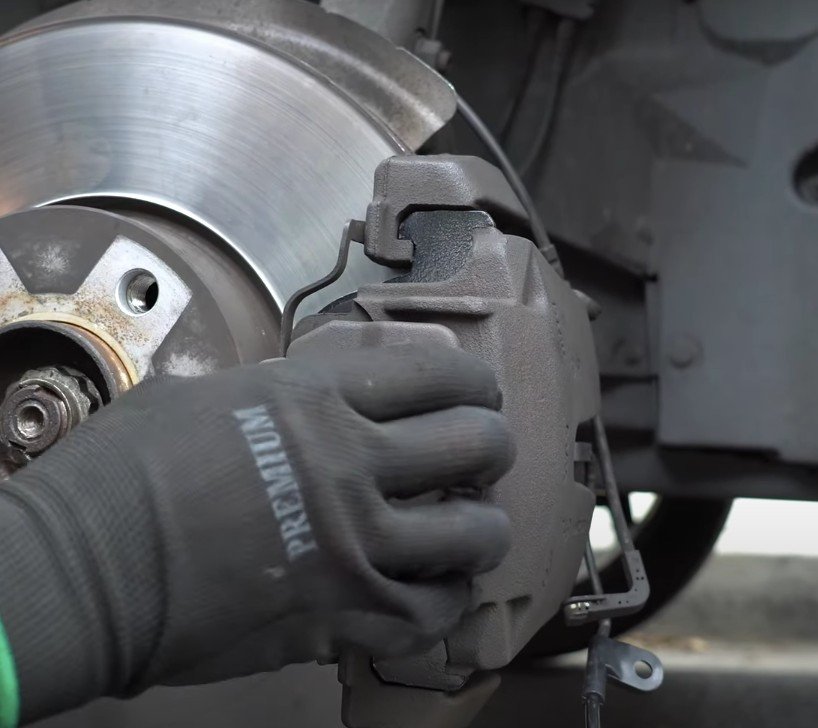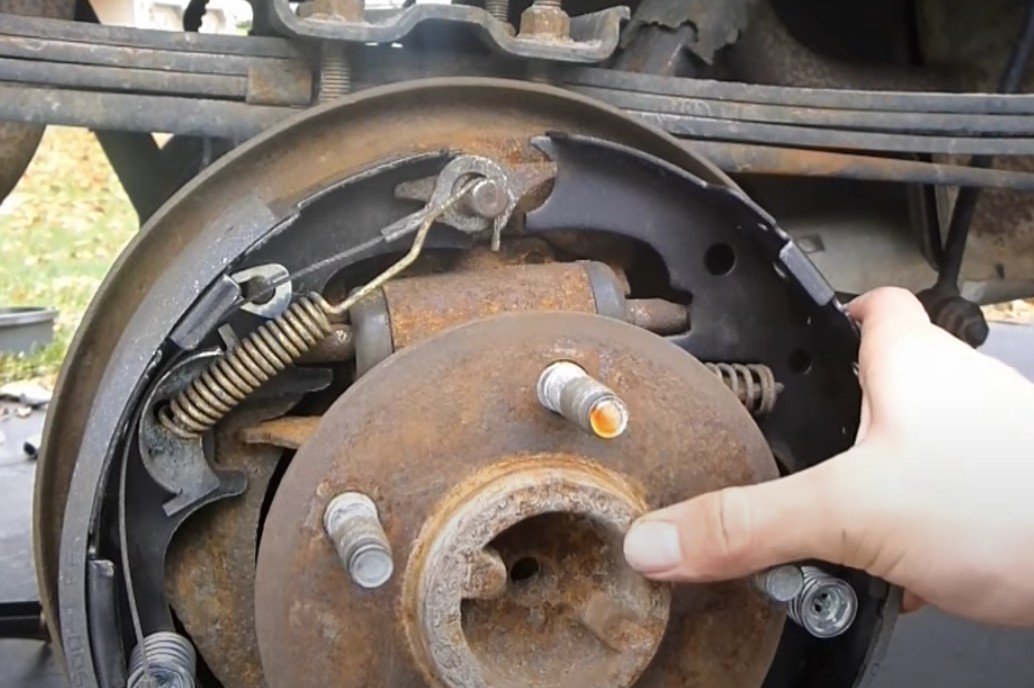Brake System


Brake System Repairs in Santa Ana
Unless something breaks down when you're driving, you probably do not give much thought about the mechanics of the car itself and tend to take vehicles and how they work for granted. They merely get you from one location to another quickly.
But when a dog pops out in front of your vehicle, you may start thinking about how the brake system work. When you step on the brakes, you're thankful they do. When they don't and you need the best auto repair in Santa Ana, it's time to call Santa Ana Mobile Mechanic for brake system repairs so you'll continue to stay safe and get to your driving destination. And don't think you're limited to brake repairs with us, either. We'll replace your alternator or your fuel pump or whatever else it takes to get you running again.
Ever wonder how a light push on a vehicle's brake pedal slows a speeding car to an abrupt stop? To stop an automobile, cars, and trucks use hydraulic brakes. The brakes use the force of friction. Pressure applied to the brake pedal moves a linked lever. That lever forces a piston into the master cylinder, filled with hydraulic fluid that gets pushed through a pipe system into other cylinders positioned beside each wheel's brakes.
This hydraulic system multiplies your foot's force on the brake pedal into the power necessary to push brake pads onto large steel plates or drums, which make the car or truck stop.
The brakes themselves are generally one of two types: disc brakes or drum brakes.
Disc Brakes
Numerous contemporary vehicles have disc brakes on the front wheels and drum brakes on the rear. More costly designs may have disc brakes on all four wheels. Only older or tiny automobiles tend to have drum brakes on all four wheels. Disc brakes consist of brake pads, a brake disc, and a brake caliper.
Brake Pads
Brake pads grab hold of a car's brake rotor. A frictional material on the brake pad's backing plate comes in contact with the rotor from the force applied to it by the caliper. This phenomenon produces friction. That friction converts the moving vehicle's kinetic energy to thermal energy. Brake pad materials come in a range of compositions, from organic to ceramic to semi-metallic substances. Each type of brake pad has its benefits and downsides but functions to withstand incredible temperatures.
Brake Disc
A brake disc is a thick steel cylindrical plate that your vehicle's wheel bolts to. When the brakes are applied and the pads are forced up against it, its rotational speed is slowed until it stops.
Brake Caliper
The caliper is just a hydraulic clamp designed to hold the brake pads and force them against the rotor when braking occurs.

Drum Brakes
Drum brakes are often seen on older or smaller vehicles. Most newer cars use disc brake systems. Drum brakes work by forcing the brake shoes against the rotating brake drum which is attached to the vehicle's axle at the wheel. The friction from the brake shoes' contact with the brake drums converts the moving energy of the vehicle into heat energy and causes the car or truck to slow and eventually stop.
Brake Shoes or Brake Pads
The drum brake pads are semi-circle steel plates on which a frictional material is usually riveted. Under braking pressure, the pads are forced outward by the rods of the wheel cylinder. There, they rub against the brake drum and slow the vehicle.
Brake Drum
The brake drum is a thick steel round part that resembles a very thick cake baking pan. It surrounds the brake pads.
Wheel Cylinder
Similar to the caliper, the wheel cylinder is a hydraulic component that when actuated presses the brake shoes out and against the rotating brake drum.
